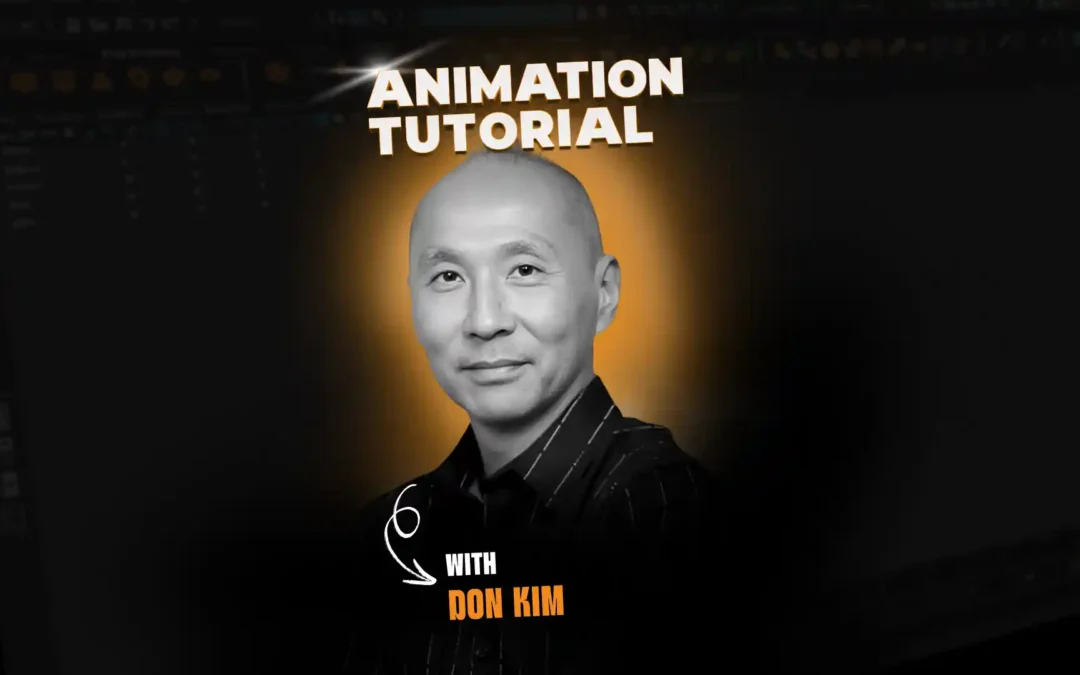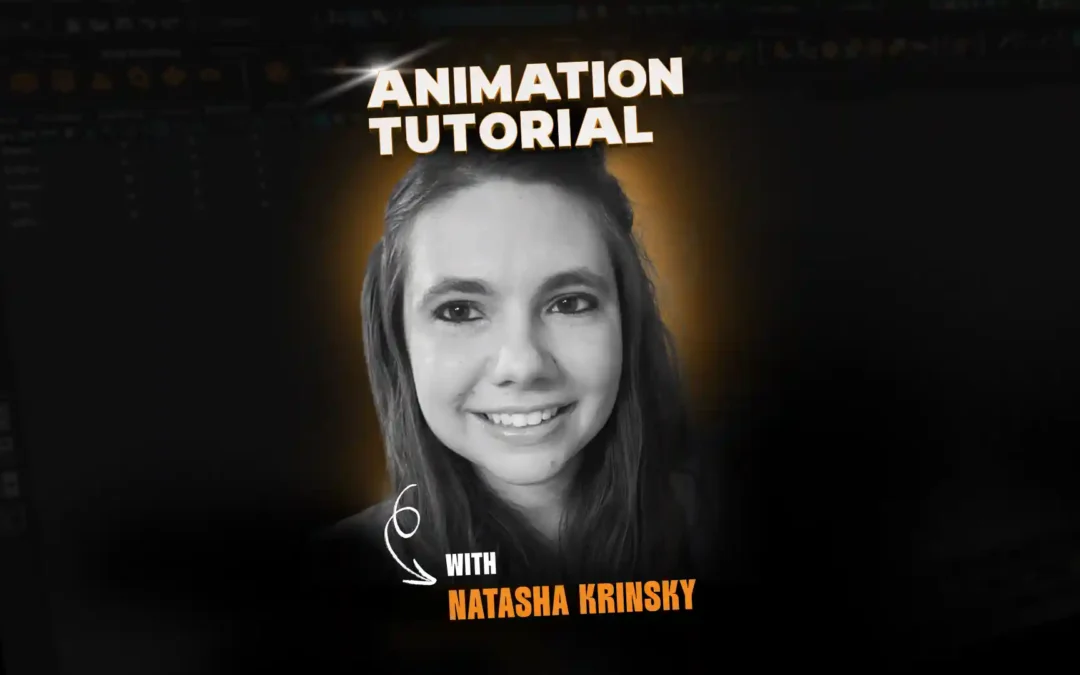
Steve Carrell in The Office (NBC) via gfycat.com
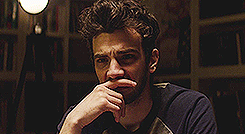
Jay Baruchel in This Is The End (Columbia Pictures) via gfycat.com
Asymmetry
Asymmetry adds appeal to any facial expression. Is the face shape more extreme on the side of the face nearest the object of disgust, or is it more extreme on the side furthest away? Which makes more sense for the situation? You may want to flinch or turn your face and/or body to get away from the disgusting thing or retreat from it.
Clint Eastwood in Gran Torino (Warner Bros.) via gfycat.com
Over-Acting
Watch out for over-acting. In cartoons we tend to exaggerate emotions and make things bigger than life, but if the disgusted reaction is too over-the-top for the situation it can make the performance seem insincere. Maybe the scene calls for a performance more subtle and nuanced. Over-acting can happen when you are trying too hard to convince the audience of what you’re feeling rather than literally feeling the emotion and reacting honestly. A good acting reference performance is more likely to come from allowing yourself to feel the disgust and letting that feeling inform your acting decisions. Rely on your own personal life experience with feeling disgusted.Pro Tip: Watch out for over-acting. Over-acting can happen when you are trying too hard to convince the audience of what you’re feeling rather than literally feeling the emotion and reacting honestly.
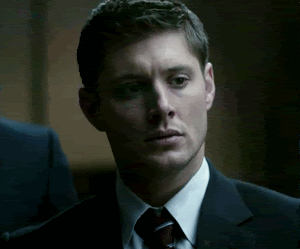
Jensen Ackles in Supernatural (The CW Network) via gfycat.com

Jennifer Lawrence in Silver Linings Playbook, (The Weinstein Company) via gfycat.com
Timing and Intensity
Consider timing and intensity. There are varying degrees of disgust from a slight curl in the lip, to extreme wincing and nausea. Is your character suddenly and violently filled with disgust by tasting something horrible? Or maybe it is a slow build over time as the character is listening to a terrible story and realization slowly sets in. Maybe the character is feeling disgust that later gets mixed with a little surprise, excitement, or disappointment.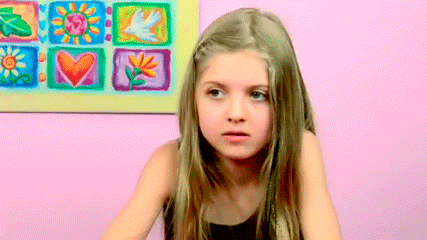
The Fine Brothers, Kids React via reactiongifs.com
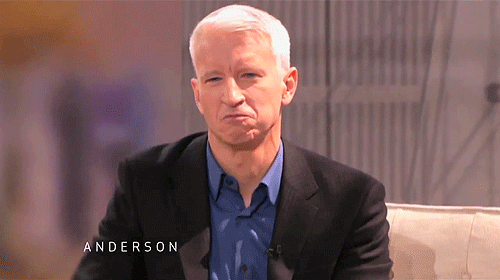
Anderson Cooper in Anderson Cooper 360 (CNN) via gfycat.com
